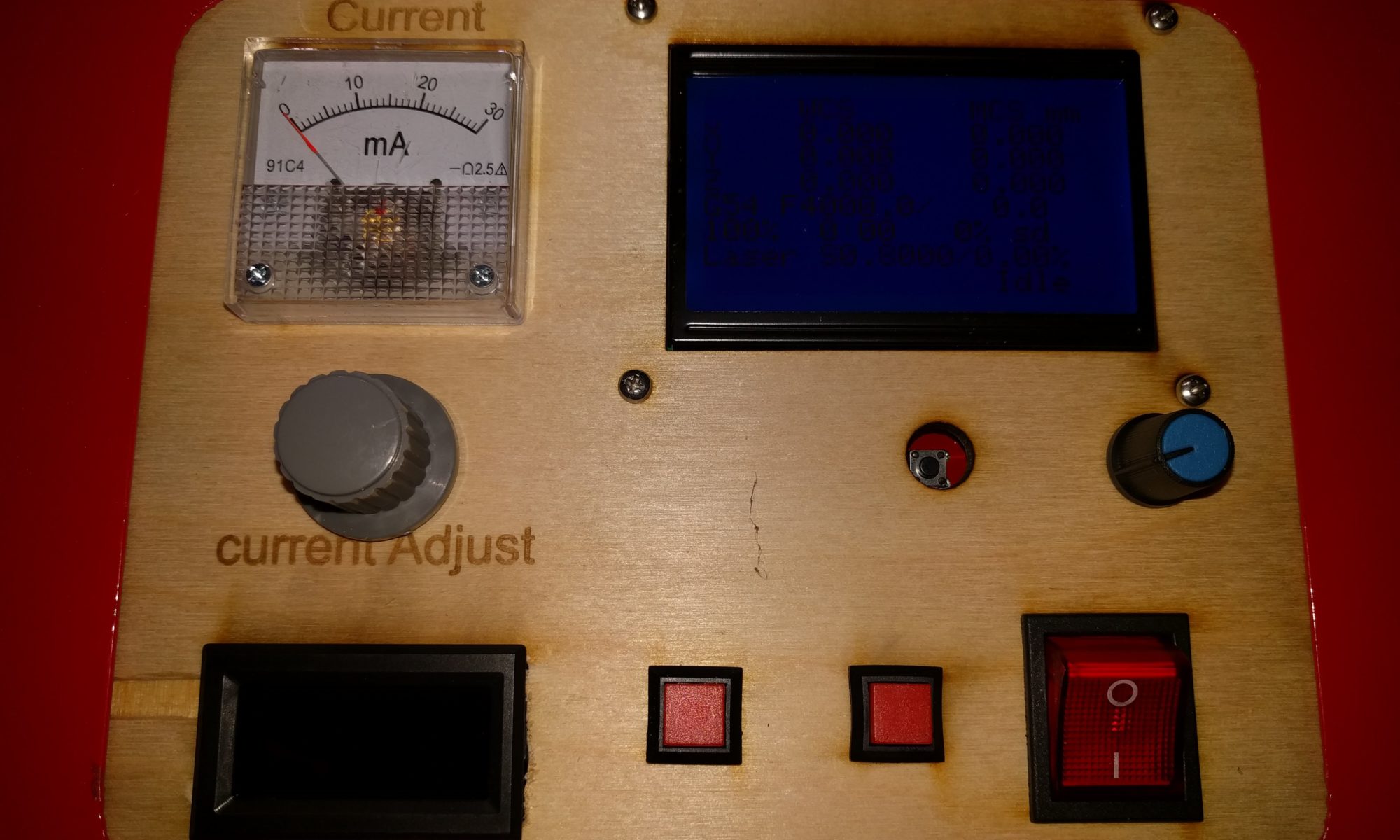My leather work only improves through practice, so practice i do. I saw this great YouTube video from Adams LeatherWorks who also sells beautiful holsters and magazine pouches as well as patterns which are available at https://www.adamsleatherworks.com. I decided I had to give it a go, and fortunately Tandy Leather was having a sale on culattas at my local store.

The Culatta from Tandy was pretty nice Veg-Tan leather, but I always try and layout personal practice stuff from the less desirable areas like the belly, so I can save the nicer portions for gifts for others. You can see that there was a ton of real estate left once I did a basic layout. I hope to share what the rest went too soon.

The pattern from Adams leather work was pretty easy to follow and like I noted above with a link. A great tutorial video on how it was created and how to use it is available. I really think buying the pattern was worth the under $10 kongbucks it cost for the results.
Tooling Practice, finish, and Basket Weave



I also got in some practice “tooling” a basket weave pattern on the holster. Really the only way to improve your tooling and stamping is to do it. I had to do several test pieces before I was comfortable enough to move on. Once it was no so wonky I did a oil and antique to the panels prior to assembly. I have referenced Don Gonzales’ https://dgsaddlery.com tutorials before which are also very great.
Assembly of Holster and Magazine pouch




I did saddle stitch the holster by had so the stitch lines did not match the pattern completely. I also joke around that I figured out why they are called pancake holsters as they look like pancakes prior to wet molding them to the gun. I need to practice my saddle stitching to improve the look, but the point of this holster is practice! I know the mahogany edges and purple thread were not the combination I envisioned, but like how it came out.
A Belt to match
A new basket weave holster would not be right without a matching belt, so I did a little more practice. I joked on Instagram that I need to go on a diet, so my future belts are less work. I did get lazy and sew the belt stitching on a machine so the thread is not a match. I also got some nice straps out of the culatta, so bonus. The stitching was not perfect but it still amazes me what a Sailrite LSZ-1 will sew. It got a 8-10 oz culatta strap with an 4-8 oz double shoulder liner sewn together. I’ll admit it was not perfect sewing as the 6-ish mm (about 1/4 inch) barely fit under the presser foot and needle. I did not feed the belt smoothly it would vary the stitch length or break the needle. Oops! I am really wanting to try the new portable servo motor upgrade but cannot justify the expense when I can hand crank. I got the Sailrite as I wanted portable. If I continue to do thick leather maybe giving up portable for a cylinder arm machine may be another option.




Not a bad result considering it was my 3rd holster attempt. I am proud of the outcome but see things I can improve on. Having a multimold gun to form the holster is nice, so I don’t have to wet mold leather around a gun. I will need to expand beyond the 1911 commander, so either more multimold or blue guns are in my future.

Like I said I’m proud of the results of a third holster attempt.































































